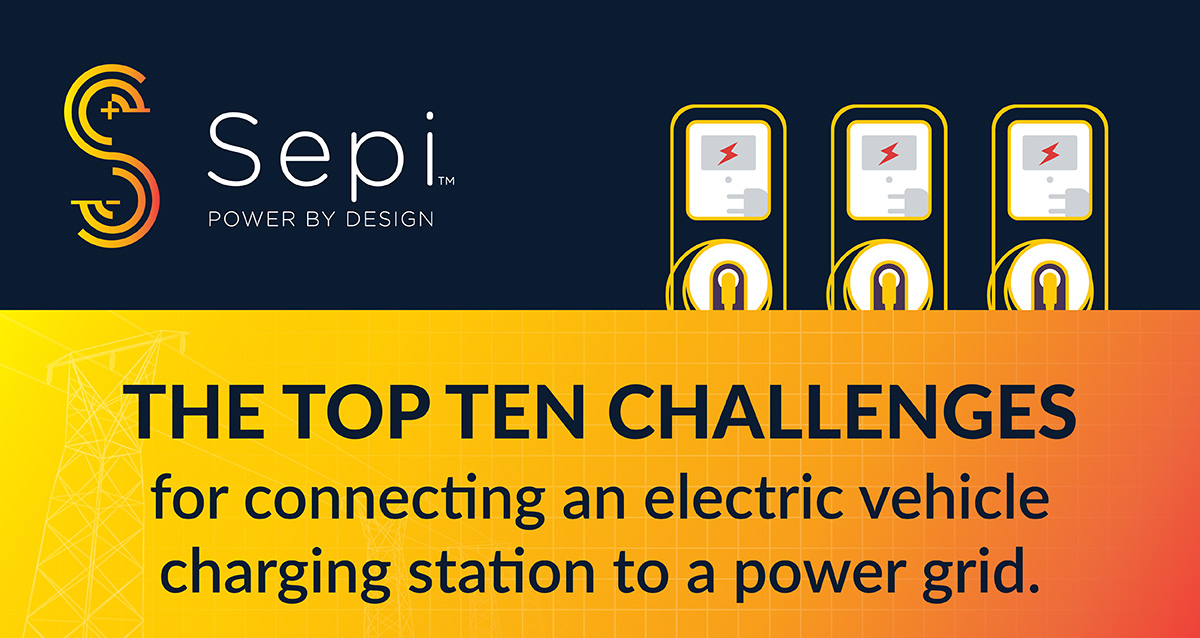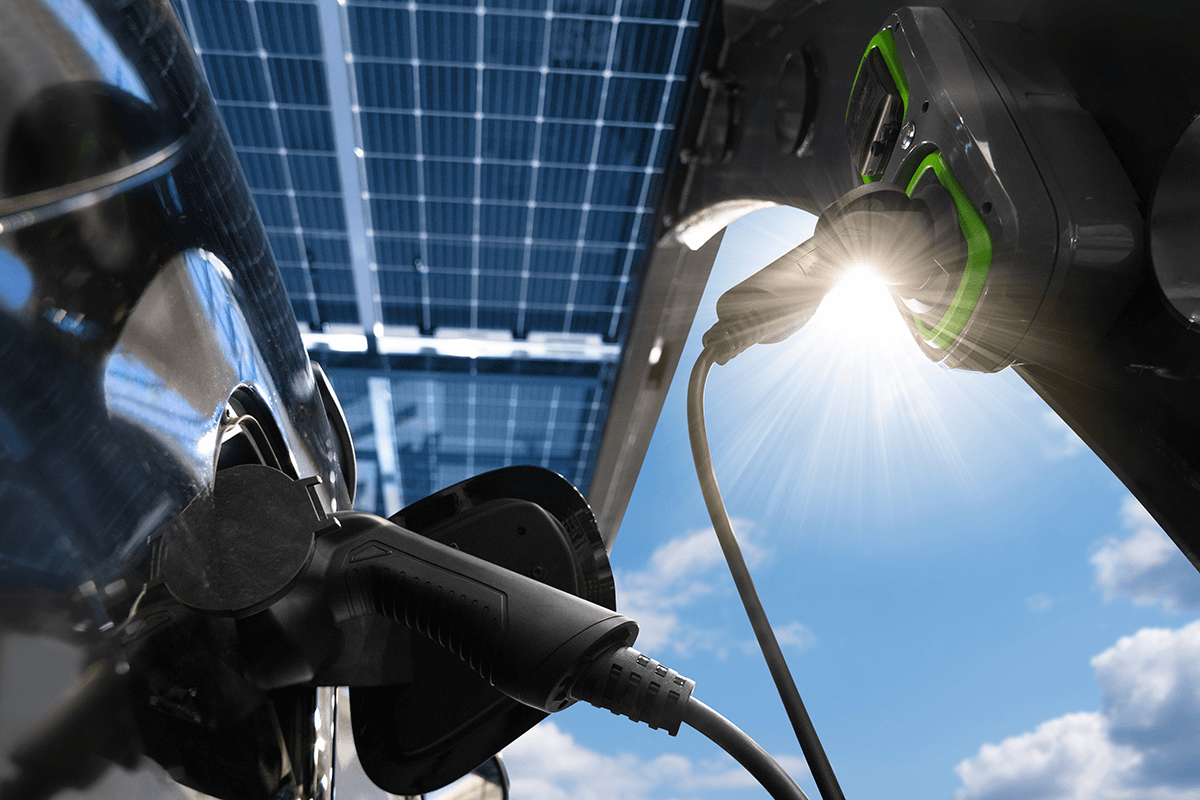This post was written by Josh Weiner, Solar Expert Witness & Solar Project Development Expert. Mr. Weiner has been at the forefront of the solar industry for over 20 years and is an industry leader on solar engineering product and project development, policy, law, planning, codes and standards, and technology.
 Highlights
Highlights
California Title 24, also known as the California Energy Code, sets energy efficiency standards for residential and non-residential buildings in the state. Oftentimes, customers hire us to satisfy the solar requirements for Title 24 compliance, but what they might not understand is the importance of bringing their solar subcontractor into the project earlier on.
We’ve said this before, and we’ll say it again. The sooner you bring your subcontractor into a project, the more time and money you can save. By considering this one thing from the beginning, you’ll be in a better position to complete your project on time, on budget, and with fewer complications.
If you want to work smarter and not harder to satisfy the code and get your construction permit, look no further. In this blog, we’ll break down what you need to know about Title 24’s solar requirements, and how you can get the most value from your subcontractor by avoiding common mistakes.
What is Title 24?
Simply put, Title 24 is the energy standard requirement for the state of California. It covers everything from the building materials to use, plumbing, water pressure, insulation, and more. It’s a broad reaching document that touches on anything that has to do with energy usage. This not only applies to buildings, but to parking canopies (AKA carports) as well.
Learn more about how we treat carports.
At Sepi, we manage the solar and the lighting requirements of Title 24. Although not every building needs to have solar to be Title 24 compliant, they do need to be “solar ready.” So, even if a building won’t have a solar system, it needs to be designed in a way that could accommodate one in the future. There are ways to do this cost-efficiently and many more ways to do this cost-inefficiently. Guess which approach we prefer to take?
According to Title 24, “solar ready” is essentially defined as a building that has a panel with a breaker that can accept PV. As you can see, this is a bit vague. Title 24 does address system sizing, energy production, interconnection, labeling, and a few other technical aspects, but it still leaves a lot to be interpreted. Because of this, we’re able to recommend a custom solution that best meets your building’s unique needs.
It’s also important to note that all newly-built California homes will require solar photovoltaic (PV) installations, which of course, is more expensive than simply being solar ready. Despite this requirement, we’ve been able to comply successfully with Title 24 in a few instances without solar PV. In these cases, the homeowner only needed to meet the “solar ready” provision, and this is because we discovered more efficient appliances and lighting fixtures to address Title 24.
Although energy efficient appliances are more expensive, they’re still less costly than a full solar system. When we can achieve Title 24 compliance without solar PV, we’re able to save homeowners as much as $30K from not having to build a new system.
Common Title 24 Mistakes
It’s no surprise that making mistakes can lead to expensive issues down the line. Because of this, a major benefit of working with a solar subcontractor is the ability to mitigate pitfalls before they happen. In our experience, these are some of the most common issues we see – all of which can be prevented by bringing in a solar subcontractor earlier on.
Not installing a line-side main breaker
For homes that require solar-ready compliance, we often recommend adding a line-side main breaker. This way, the homeowner won’t need to shut everything down just to facilitate the solar electrical connection. This approach also allows for more flexibility in terms of system size and configuration. Although this does add a small cost upfront, it’ll save money down the road if the homeowner later decides they want to add a solar system. If you address the code by just throwing in an extra breaker into the main panel, future configuration will become much more expensive and burdensome on the owner.
Failing to save wall space
We also recommend keeping extra wall space available in electrical rooms for future wall-mounted equipment. When architects try to minimize the size of the electrical room, it eliminates any chance for hiding the electrical equipment. If this happens, we’ll end up needing to put it outside where it’s visible. Not only does this defeat the entire point of having an indoor electrical room, but it’s a bit of an eyesore.
Forgetting to install stanchions or stand-offs on the roof
This one is a super common mistake. Sometimes, builders will call us to help identify the locations of the stand-offs so the roofer can seal in the attachments. In this scenario, we’ll usually ask the customer how many they need, and oftentimes, they don’t know. We’ll then ask how big their solar system is, and they often don’t have the answer to that either. That’s when we realize that we’ll need to start from scratch.
When this happens, we need to figure out the homeowner’s future load, extrapolate a PV system size, and then design the roof mounting locations based on that size. Sometimes, we even need to do all of this in as little as three weeks before the roofer arrives. We’ll always make sure to get you exactly what you need, but this is a stressful situation you probably won’t want to deal with. So, to save yourself time, money, and headaches, don’t forget to install your stanchions and stand-offs early on.
Not running empty conduits from the roof to the interior of the house
This one is becoming less and less common, but we included it because we still see this on occasion. When you don’t run empty conduits from the roof to the interior, we have to install an ugly conduit on the outside of the house. It’s not the worst thing in the world, but it’s still something that can be easily mitigated with just a bit more planning.
The moral of the story is that we’d love to be involved in your Title 24 project as early as possible. Let’s get together sooner, avoid suboptimal retrofits, and get you the results you need.













